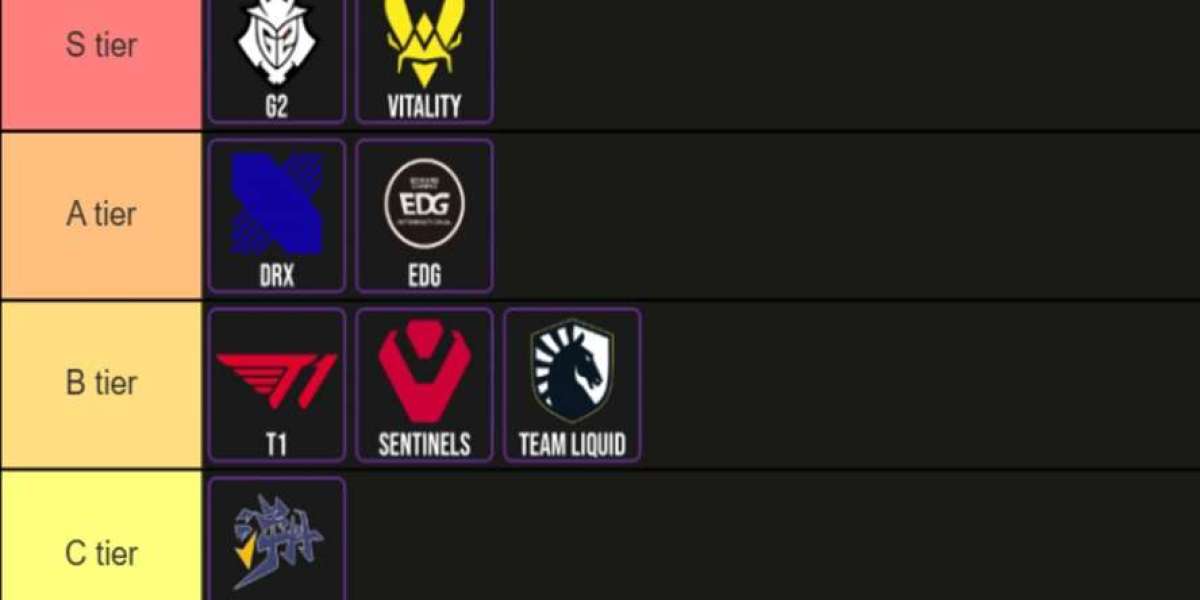How to Reverse Image Search: A Simple Guide
Have you ever come across a photo online and wanted to know more about it? Maybe you're curious about where it came from, whether it's being used elsewhere, or if it’s even authentic. That’s where reverse image search comes in—a powerful tool that helps you trace the origin and context of an image in just a few clicks.
In this guide, we’ll walk you through what reverse image search is, why it’s useful, and how to do it across different devices and platforms.
What is Reverse Image Search?
Reverse image search is a technique that lets you search the internet using an image instead of text. Instead of typing keywords into a search engine, you upload an image (or provide its URL), and the search engine will show you similar images, websites containing the image, or even higher-quality versions.
This is useful for:
Identifying people, objects, or places in a photo.
Finding the original source of an image.
Checking for image plagiarism or misuse.
Verifying the authenticity of photos, especially on social media.
How to Do a Reverse Image Search
1. Using Desktop or Laptop (Google Images)
Step-by-step:
Open your browser and go to the Google Images search page.
Click on the camera icon in the search bar.
Choose either to paste an image URL or upload an image from your device.
Google will then show you where that image appears on the web and similar images.
This method is ideal when you're on a desktop and have easy access to image files.
2. Using a Smartphone or Tablet
Reverse image search on mobile is a bit different but still very accessible.
On Android or iOS (Google Chrome):
Open Chrome and go to the website with the image.
Press and hold the image until a menu pops up.
Select "Search image with Google" or similar wording depending on your device.
The browser will show you related results instantly.
Alternatively, you can visit Google Images in desktop mode on your mobile browser to upload an image directly.
Tips for Better Results
Use high-quality images: The clearer the image, the more accurate the results.
Crop unnecessary parts: If you're looking for a specific object or face, cropping the rest can focus the search.
Try different platforms: Some reverse image search engines specialize in social media images, others in design, art, or fashion.
Other Tools You Can Use
While Google is the most well-known for reverse image search, there are several other tools that offer unique features:
Some can track where an image has appeared over time.
Others specialize in identifying fake or AI-generated images.
Certain tools focus more on facial recognition or product identification.
You can experiment with different services depending on your need.
Final Thoughts
Reverse image search is a simple yet powerful way to uncover the story behind a photo. Whether you're a journalist verifying sources, a designer checking for image theft, or just someone trying to track down a recipe from a food picture, this tool can save time and give you peace of mind.








